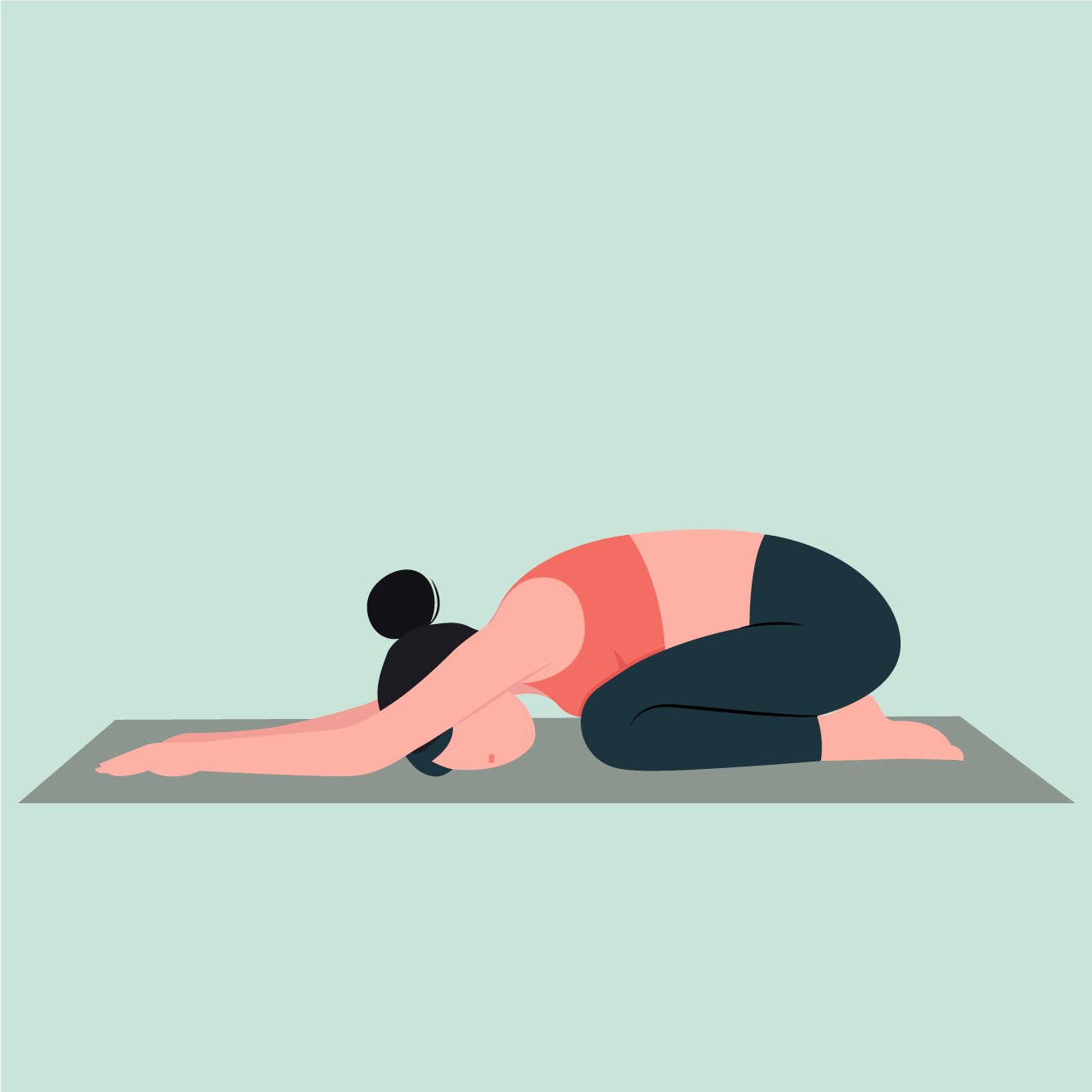Understanding the Importance of Hip Internal Rotation for Your Pelvic Floor
When it comes to the body's intricate web of interconnected systems, one aspect that often goes unnoticed is the relationship between hip mobility and pelvic floor health. The pelvic floor, a complex network of muscles, ligaments, and connective tissues at the base of the pelvis, plays a pivotal role in supporting various bodily functions, including bladder and bowel control, sexual function, and core stability. Surprisingly, the mobility of the hips, specifically hip internal rotation, can significantly impact the well-being of the pelvic floor. In this article, we delve into the why and how of this connection, shedding light on the importance of hip internal rotation for pelvic floor health.
Understanding the Pelvic Floor
Before we dive into the connection with hip internal rotation, let's briefly understand the role of the pelvic floor. The pelvic floor acts as a supportive hammock, holding up the organs within the pelvis while also maintaining continence and providing stability to the core. It comprises muscles that are involved in various movements, and its proper functioning is essential for everyday activities and bodily functions.
The Hip-Pelvic Floor Connection
The relationship between the hips and the pelvic floor may not be immediately evident, but it's crucial to recognize the biomechanical links between these two areas. When you take a step forward, your hip joint moves through various ranges of motion at different points in the gait cycle. Among these movements, hip internal rotation holds a special key to pelvic floor health.
Squatting has a lot to do with your pelvic floor and internal rotation at the hips.
Did you know, to sit into a full squat, 35° of hip internal rotation is needed
Alignment Matters: Proper alignment and mobility of the hips can influence how the pelvis is positioned. When the hips are able to internally rotate efficiently, the pelvis can maintain a more optimal position, reducing unnecessary strain on the pelvic floor muscles. Misalignment or limited hip mobility can contribute to pelvic floor dysfunction.
Functional Stability: Hip internal rotation is essential for functional stability. As you move, your body requires a dynamic balance of muscle engagement and relaxation. Efficient hip internal rotation enables smoother transitions between different movements, reducing compensatory patterns that might strain the pelvic floor.
Reciprocal Inhibition: The concept of reciprocal inhibition refers to the coordination between opposing muscle groups. In the context of the hips and pelvic floor, proper hip internal rotation helps inhibit the overactivity of certain muscles, preventing them from constantly pulling on the pelvic floor. This balance is vital for preventing hypertonicity (overly tense muscles) in the pelvic region.
Improved Posture: Hip internal rotation can influence your overall posture. When your hips are mobile and capable of internal rotation, it can encourage a more upright posture, which, in turn, supports the natural alignment of the pelvis and reduces strain on the pelvic floor.
Optimal Muscle Function: Efficient hip internal rotation enhances the overall functioning of the muscles around the pelvic floor. These muscles work synergistically to support your core and stabilize the pelvis during various activities. Limited hip internal rotation can lead to compensatory movements that disrupt this balance.
In the intricate symphony of the human body, seemingly unrelated areas often impact each other in surprising ways. The relationship between hip internal rotation and pelvic floor health is a testament to this interconnectedness. By recognizing the importance of maintaining optimal hip mobility, specifically in terms of internal rotation, you can take proactive steps toward supporting your pelvic floor's well-being. Whether through targeted exercises, mindful movement, or seeking guidance from healthcare professionals, nurturing this connection can contribute to a healthier, more balanced body.
Curious about how to improve your hip internal rotation mobility and control? Check out our instagram page @lpi_moms_club for more information.
Other Posts You Might Like
















